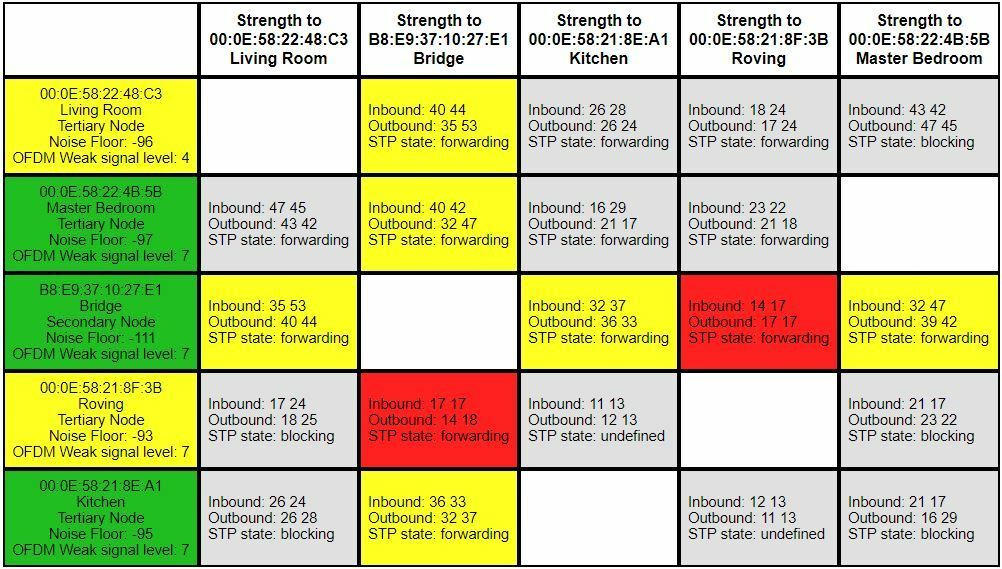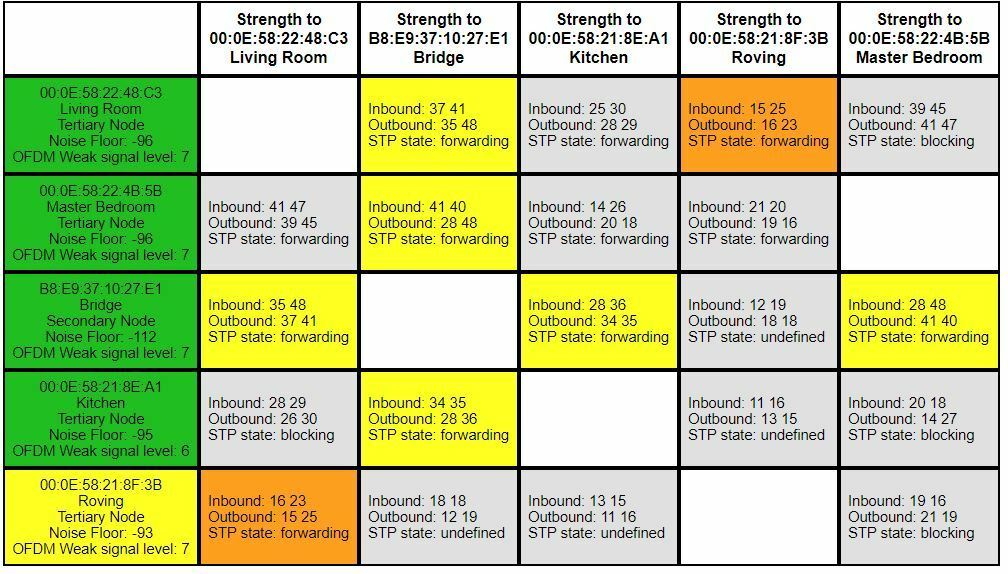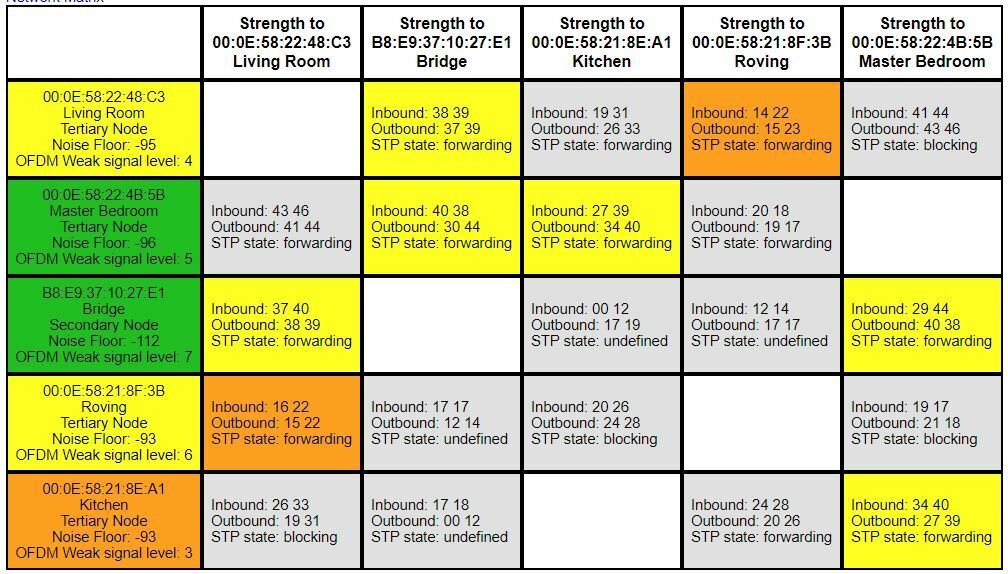One ZP80, named "Roving", is outside, in an outbuilding. Sometimes, it gets poor signal and plays music in a choppy or pulsing way.
Here is my network matrix.
Is there anything I can do to get better signal to the Roving ZP80. If I buy another bridge and put it in an intermediate location, is this likely to make things better?
Best answer by ratty
View original




